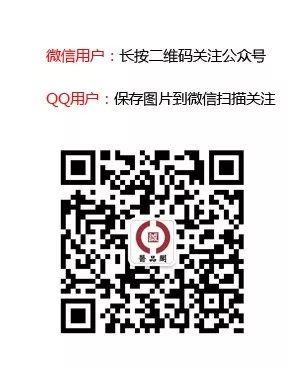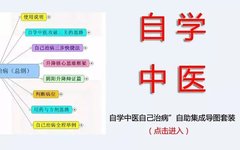

Pediatric clinical practice also employs the “Wang (Observation), Wen (Listening), Wen (Inquiry), and Qie (Palpation)” four diagnostic methods, but their application differs from that in adults. Pediatrics was historically referred to as “mute medicine,” and inquiries are often conducted indirectly. When approaching the patient, children often cry and become anxious, which can compromise the accuracy of palpation and pose challenges for diagnosis.
Therefore, the pediatric four diagnostics require both speed and interleaving. Before contacting the child, the physician should first inquire about the medical history from the parents, followed by palpation. During palpation, the other two diagnostics are conducted simultaneously. The pediatric four diagnostics are interconnected and interleaved in clinical application. Through extensive clinical practice over the years, it has been deemed necessary to present this for discussion. This article briefly introduces the clinical application of the pediatric four diagnostics, while general content on the four diagnostics is omitted.
1. Inquiry
Before contacting the child, the physician should greet the child with a friendly expression and then turn to the parents, asking, “What discomfort does the child have?” The aim is to divert the child’s attention while gathering information about the child’s condition. When the parents explain the reason for the visit and the child’s condition, this is referred to as the “chief complaint.” The physician can then ask further questions based on the chief complaint, focusing on key points, guiding effectively, and recording succinctly. This is known as “pediatric inquiry.”
2. Palpation
(1) Pulse Diagnosis: After the inquiry, the next step is to conduct “palpation.”
For infants under two years old, due to their small wrists, the “one-finger three-gate” method is often used. The physician holds the child’s hands with both of their own, using the thumb to press on the radial artery on the inner side of the child’s wrist (the three gates: cun (inch), guan (bar), chi (foot)), while the index finger presses on the outer side of the child’s wrist to assist in stabilizing the pulse, facilitating the thumb’s palpation.
For children over three years old, the three-finger palpation method can be used. The pulse is assessed for floating, deep, slow, and rapid to differentiate between exterior and interior conditions, cold and heat; a strong pulse indicates excess, while a weak pulse indicates deficiency.
School-aged children often exhibit complex pulses, which are generally similar to adult pulses.
(2) Palpation of the Palm: Simultaneously with pulse diagnosis, the physician uses their left hand to test the child’s right palm; then uses their right hand to test the child’s left palm. Testing the palms serves two purposes: first, to check for sweating; sweating indicates exterior deficiency, while no sweating indicates exterior excess; second, to check for heat in the palms; warm palms often indicate yin deficiency, while cool palms indicate yang deficiency. Generally, coolness in the back of the hands or fingertips often indicates an exterior condition, while warmth in the palms often indicates an internal injury, which can be differentiated clinically.
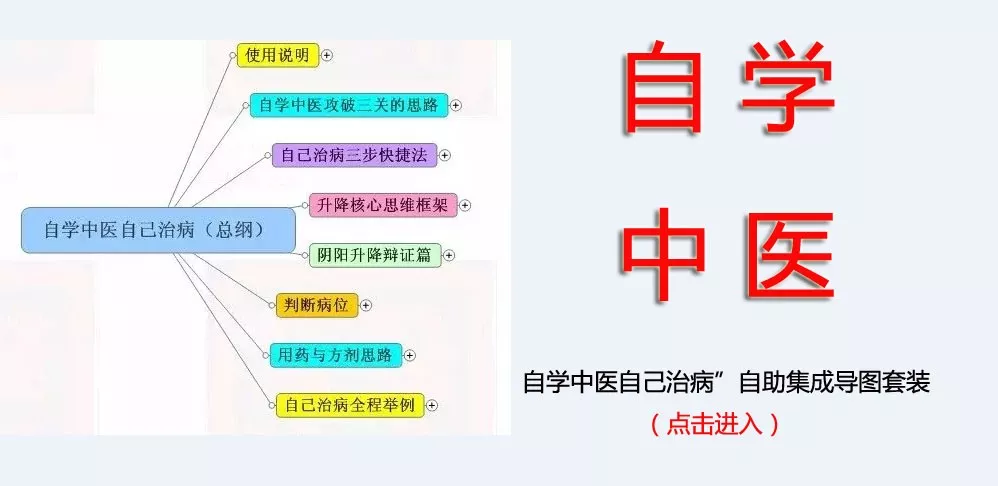
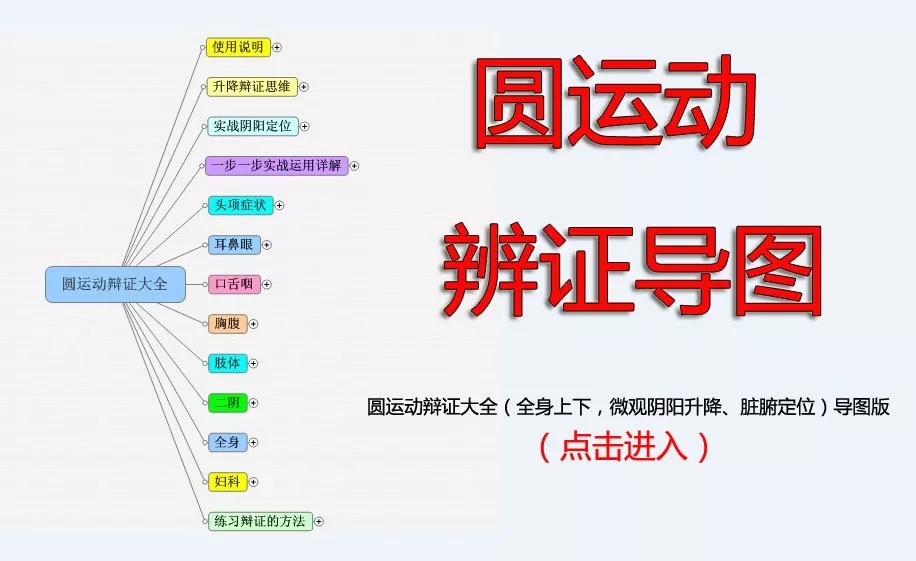
(3) Fingerprint Diagnosis: This method is only applicable to infants under two years old, as their qi and blood are not fully developed, and their meridians are not established. When they cry and are restless, pulse diagnosis can be difficult, so fingerprint diagnosis assists in this regard. The physician first holds the child’s left or right index finger at the tiger’s mouth, then uses their thumb to press from the tip of the child’s index finger towards the tiger’s mouth, observing the color and extent of the fingerprint to assess the severity of the condition and the nature of cold or heat.
Fingerprints extending to the wind gate indicate a mild condition; extending to the qi gate indicates a severe condition; extending to the life gate indicates a critical condition. A purple-red color indicates heat, a dull color indicates cold; blue indicates fright wind, pale white indicates malnutrition. Changes in fingerprints are often seen in acute febrile diseases or chronic consumptive diseases. Generally, changes in fingerprints are only observed when qi and blood are affected. Mild exterior conditions rarely show changes in fingerprints; this sign is only for reference in differentiation and should not be used as a diagnostic basis.
(4) Head and Fontanelle Diagnosis: Palpation of the child’s head is very important. The physician checks whether the anterior fontanelle has closed on time (it should generally close before one and a half years of age). If it closes too early or too late, it is abnormal; the physician checks whether the anterior fontanelle is bulging or sunken. A bulging fontanelle often indicates the invasion of evil heat into the heart, while a sunken fontanelle often indicates acute or chronic dehydration or chronic malnutrition. The physician also checks whether the head is too large or too small; a large head often indicates rickets (rachitis) or hydrocephalus (water on the brain); a small head often indicates congenital brain developmental disorders or cranial deformities. Additionally, the physician checks for swollen or tender lymph nodes in the neck.
(5) Chest and Abdomen Diagnosis: The physician first undresses the child and palpates from top to bottom to check for any elevated ribs or retracted ribs; whether there is any enlargement or tenderness of the liver and spleen; whether there is any resistance to palpation or tightness in the abdominal wall; if necessary, the physician may also palpate the lower limbs for edema.
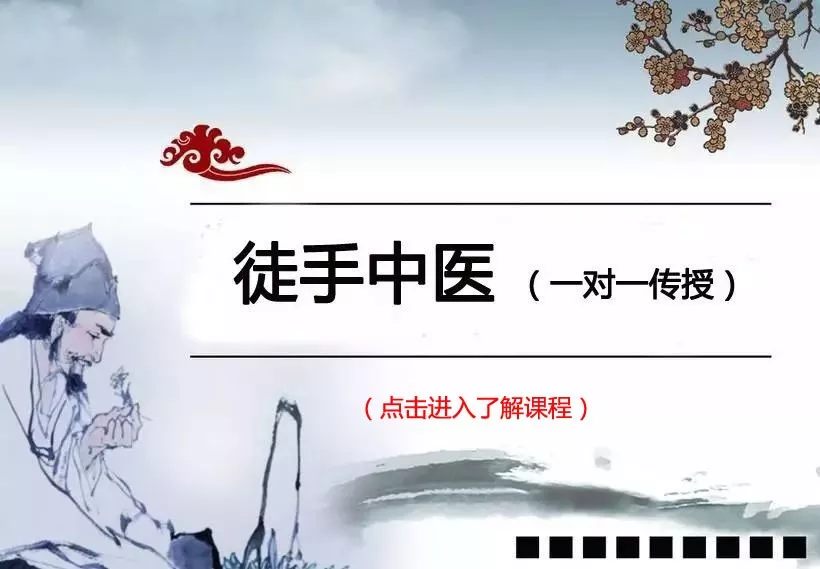
3. Listening Diagnosis
The main focus is on listening to the child’s breathing, checking for any shortness of breath or wheezing, preferably using a stethoscope. Additionally, the physician can smell the odor of the child’s urine and feces to differentiate between cold and heat conditions. Hard, foul-smelling stools often indicate heat; clear, loose stools without odor often indicate cold. Yellow, red urine with a foul smell often indicates heat; clear, odorless urine often indicates cold.
4. Observation Diagnosis
Observation actually runs throughout the diagnostic process. In addition to using palpation to observe whether the child’s physical development is normal and whether the complexion is rosy, it is more important to observe the oral cavity and tongue. Why is observation placed at the end? Mainly because using a tongue depressor for oral examination can easily frighten the child, causing them to cry and become anxious, which can affect the accuracy of palpation and listening diagnostics.
During the examination, the physician first holds the tongue depressor with their right hand, then supports the child’s right jaw with their left hand to prevent the child’s head from moving. The tongue depressor is inserted from the left corner of the child’s mouth into the left cheek, first observing whether there are any ulcers or mucosal rashes on the buccal mucosa. Then, the tongue depressor is turned flat, inserted from the gap of the child’s back molars into the oral cavity, and the tip of the tongue depressor is quickly pressed on the root of the child’s tongue. At this point, the child may exhibit a vomiting-like opening of the mouth, allowing the physician to observe the throat and tongue coating before withdrawing the tongue depressor. This action must be quick; the examination should be completed before the child starts crying.
This article is excerpted from Chinese Rural Medicine Author: Liu Yunyan
Recommended related books and courses:
(Reprint statement: This article is reprinted from the internet, and the copyright belongs to the original author. If there is any infringement, please contact us for deletion!)
If this article has been helpful to you
Please scan the QR code to reward,as you wish

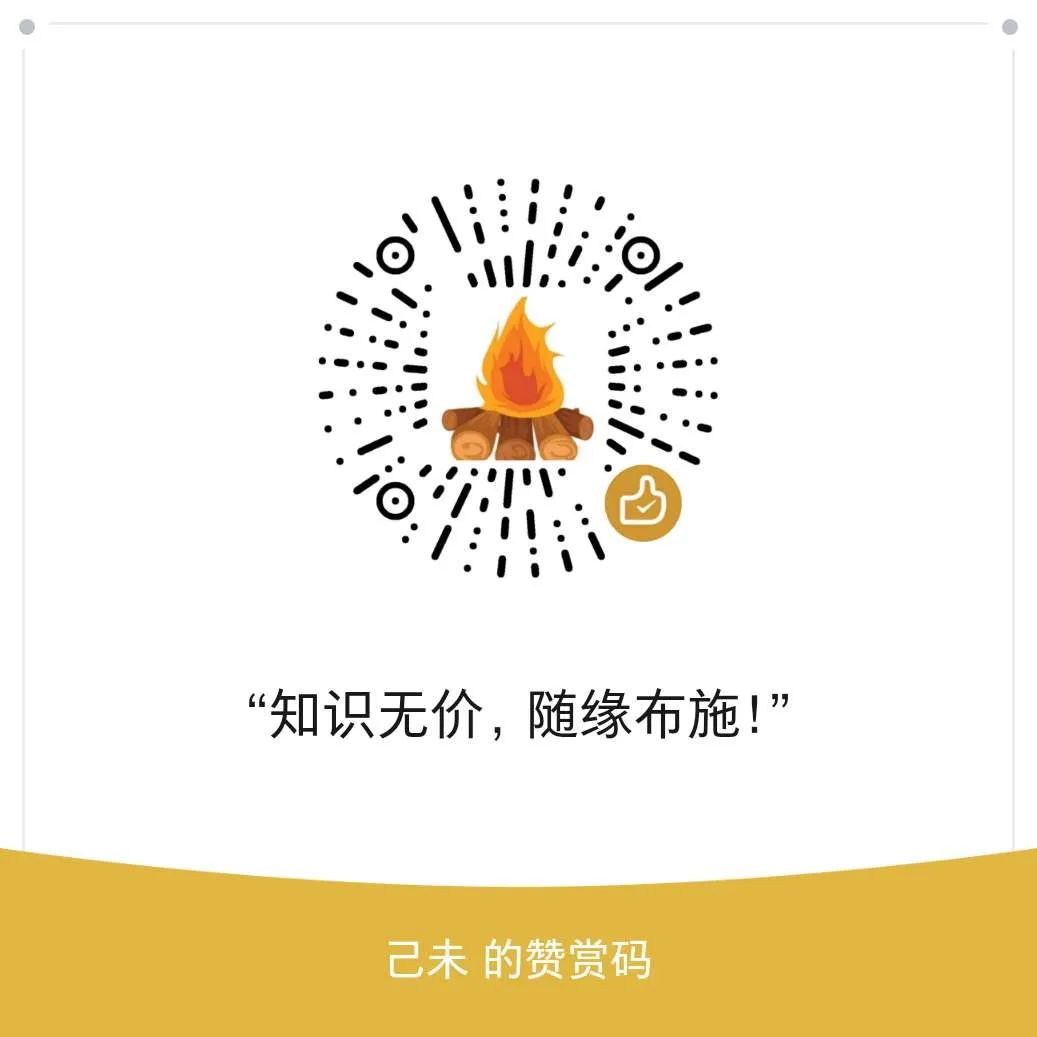
Original article extended reading:
Six Meridians and Six Layers of Vital Energy Restoration! (Complete Explanation of Self-Healing Energy) —> Click to read
Six Meridians and Six Major Disease Locations — Taiyang Meridian Organ Disease Location! (Understanding the Taiyang Meridian) —> Click to read
Six Meridians and Six Major Disease Locations — Yangming Meridian Organ Disease Location! (Crucial for Treating Damp-Heat) —> Click to read
Six Meridians and Six Major Disease Locations — Shaoyang Meridian Organ Disease Location! (A Small Chaihu Decoction Conquers All) —> Click to read
Six Meridians and Six Major Disease Locations — Three Yin Cold Evil Disease Locations! (Understanding the Last Article on Cold Damage) —> Click to read
True Transmission in One Sentence: Traditional Chinese Medicine Treats Diseases with Three Points: Qi Transformation, Rejection, and Clearing Heat —> Click to read
True Transmission in One Sentence: All Heat Syndromes are on the Central Line! —> Click to read
True Transmission in One Sentence: What is the Most Core and Important in Differentiation? —> Click to read
True Transmission in One Sentence: How to Differentiate with Many Symptoms? —> Click to read
Comprehensive Explanation of Insomnia! (Differentiation of Pathogenesis + Core Ideas of Settling Yang) —> Click to read
Comprehensive Explanation of Cervical Spondylosis! (Traditional and Secret External Treatments) —> Click to read
Comprehensive Explanation of Toothache! (Cold Damage Thinking, Pathogenesis Differentiation, Traditional Medicine Patterns) —> Click to readComprehensive Explanation of Fever! (Pathogenesis Differentiation of Cold Damage, Internal and External Treatment Methods) —> Click to read
Comprehensive Explanation of Headache! (Learning the Essentials of Differentiation) —> Click to read
Two Sets of Traditional Chinese Medicine Courses (Internal and External Treatment):
“Simplified Traditional Medicine Online Class” one-on-one, from differentiation to using traditional formulas! (Click to enter)
“Hands-On Traditional Medicine” can treat diseases without any foundation! (One-on-one teaching) (Click to enter)
Four Sets of Traditional Medicine Mind Maps:
“Embedding Six Meridians Differentiation” —- Embedding Six Meridians Differentiation into Your Brain” electronic version mind map (Click to enter)
“Self-Learning Traditional Medicine to Treat Yourself” self-help integrated mind map set (Click to enter)
“Yin-Yang Unified Treatment Method” (Returning Complex Traditional Medicine to the Unified Path) (Click to enter)
“Round Motion Differentiation Comprehensive Guide” (Whole Body, Micro Yin-Yang Ascending and Descending, Organ Positioning) mind map version (Click to enter)
To learn more about Traditional Chinese Medicine, scan and save the QR code below to follow our public account:
